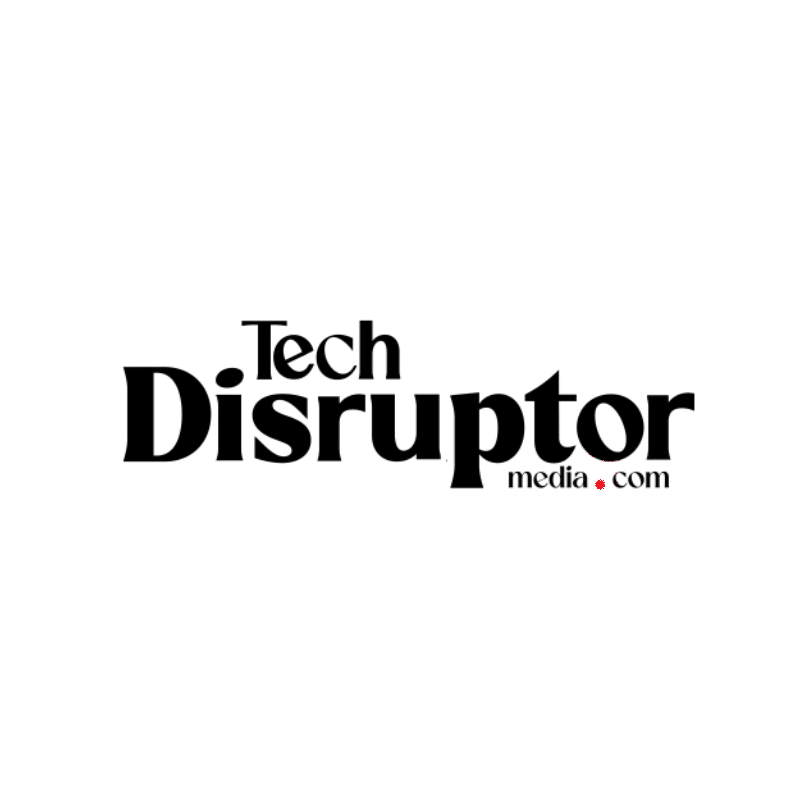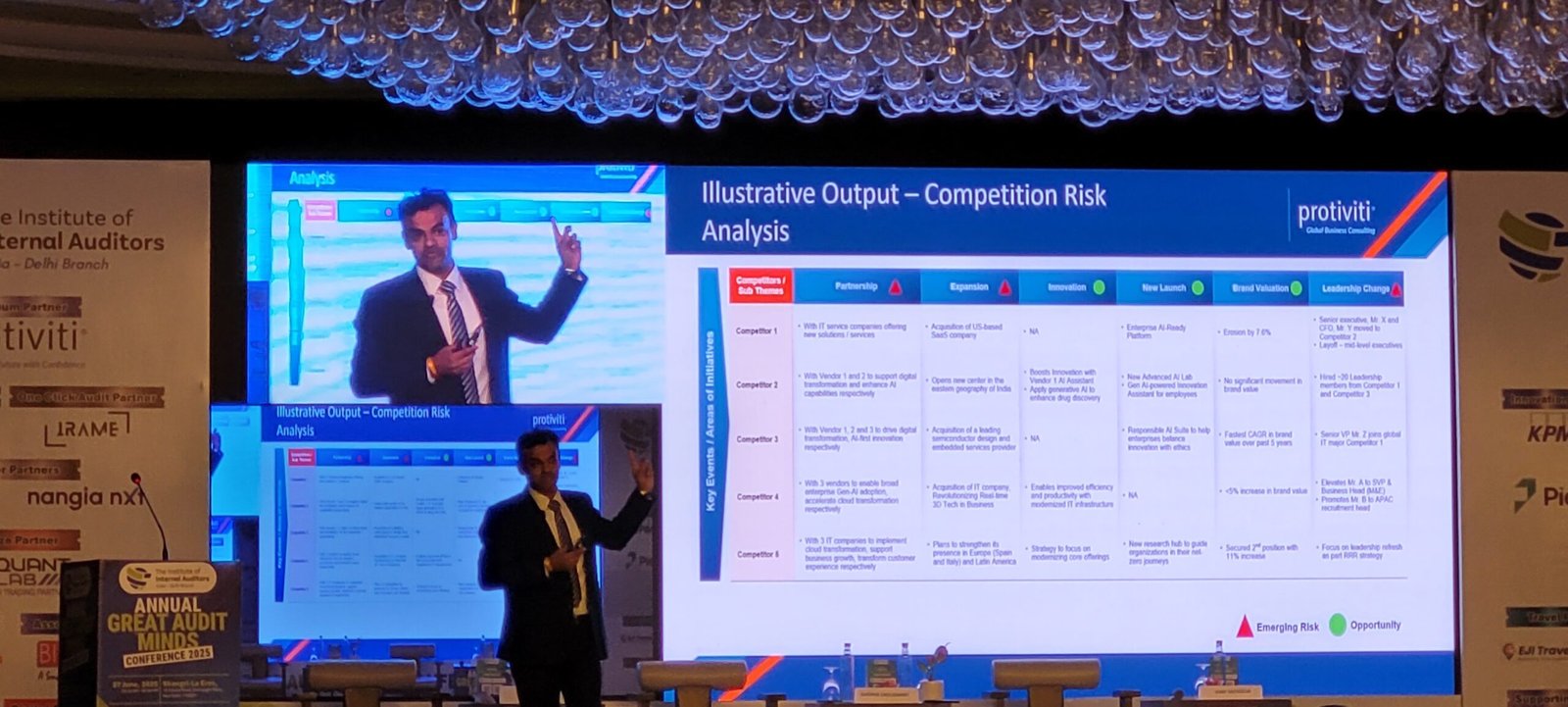In 2024, GenAI shifted from pilot projects and hype cycles to real, enterprise-scale deployment. Across industries, organizations are no longer asking if they should invest in GenAI—they’re figuring out how to do it at scale, with measurable returns.
According to McKinsey’s The State of AI: How Organizations Are Rewiring to Capture Value 2025 report, 71% of companies now use GenAI in at least one business function, up from 65% just six months prior. The technology is no longer a novelty, it’s a necessity.
From Code to Content: Where GenAI Is Gaining Ground
GenAI is being deployed most widely in marketing and sales, product and service development, software engineering, and IT. These functions lend themselves naturally to automation and augmentation through GenAI tools.
In marketing and sales, AI tools are generating customer emails, campaign copy, and product descriptions at scale. In software engineering, they’re writing boilerplate code, testing functions, and accelerating prototyping. These aren’t proof-of-concept pilots—many of these applications are delivering quantifiable returns.
Inside the Boardroom: How GenAI Became a C-Suite Priority
One of the strongest signals of GenAI’s mainstreaming is C-suite ownership. McKinsey’s survey found that 28% of organizations have their CEOs directly overseeing AI governance, and in larger enterprises, this top-down approach has the strongest correlation with bottom-line impact (EBIT).
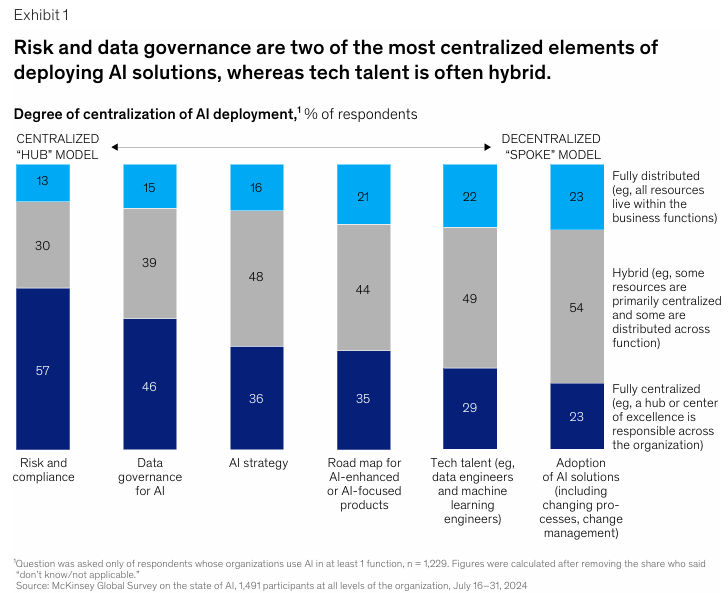
This shift reflects a broader organizational realization; GenAI is not “just another IT tool.” It reshapes how work is done, how products are built, and how customers are served. According to McKinsey’s experts, transformation—not technology—is the core challenge. As AI embeds across functions, the C-suite’s role evolves from implementation to orchestration and talent development.
What Makes a Good GenAI Use Case?
Despite the excitement, most companies are still experimenting. Only 1% of respondents described their GenAI rollout as “mature.” However, those seeing value follow a consistent playbook.
The report identifies twelve best practices that correlate with successful GenAI deployment. The most impactful? Tracking well-defined KPIs, building a clear roadmap, and establishing a dedicated adoption team. Embedding AI into workflows—not bolting it on—is the true unlock.

Surprisingly, less than one-third of companies are following even most of these practices. This gap reveals why GenAI may be present in an organization—but not yet delivering enterprise-wide value.
McKinsey also emphasizes that workflow redesign is the single biggest driver of GenAI’s financial impact. Simply replacing tasks isn’t enough. Organizations must reimagine processes with AI at the core.
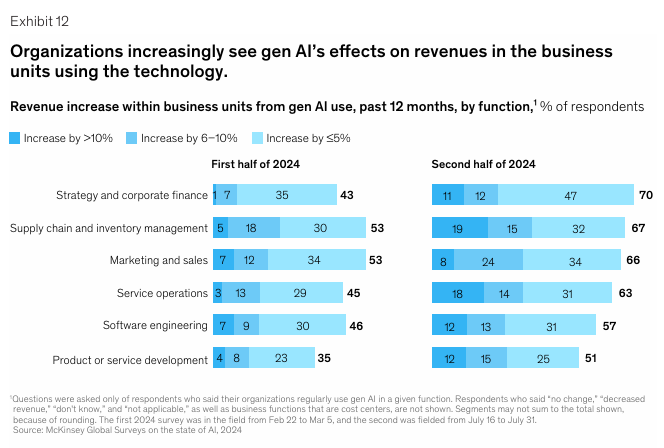
Value, But Not Without Risk
While optimism runs high, many companies are becoming more disciplined. 27% of organizations review all GenAI outputs before use, while a similar share reviews fewer than 20%. Risk mitigation is maturing: inaccuracy, IP infringement, and cybersecurity are now top concerns actively managed by the majority.
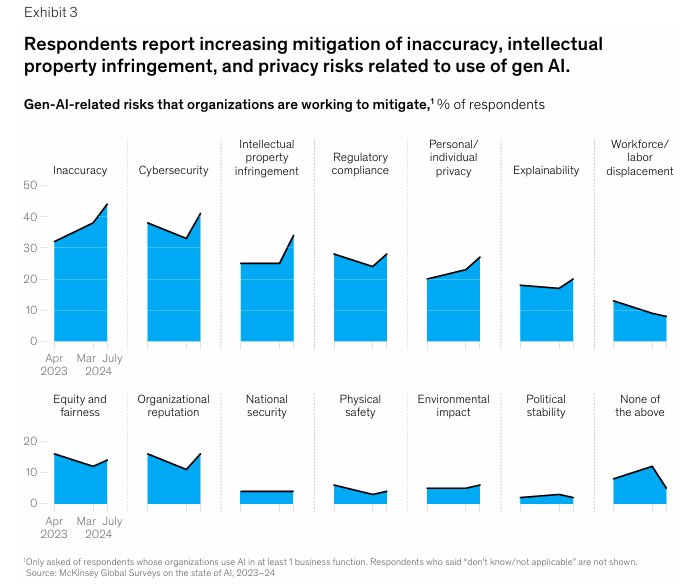
McKinsey’s view is clear: organizations that treat GenAI as a transformational capability—complete with executive ownership, governance structures, and change management—are the ones that will win.
From Experiment to Enterprise: What’s Next
As GenAI continues to evolve, the challenge is no longer just about technical implementation. It’s about organization-wide rewiring—processes, people, platforms.
The next frontier? McKinsey hints at agentic AI systems—autonomous agents that can take end-to-end actions with minimal human involvement. But before we get there, companies must master the basics: focused use cases, measured impact, and C-suite alignment.
The GenAI boom is here. The enterprises that treat it like a strategic pillar—not a shiny tool—will define the next generation of value creation.
